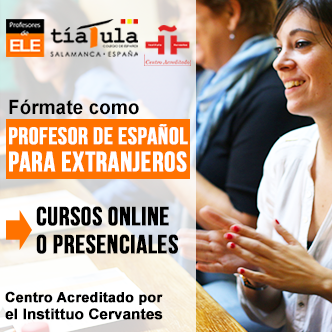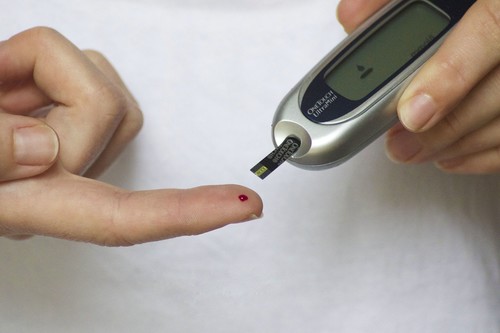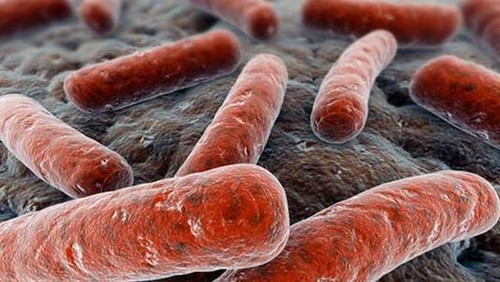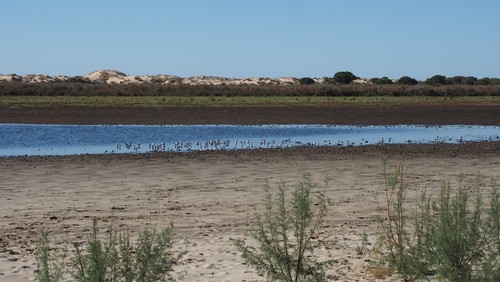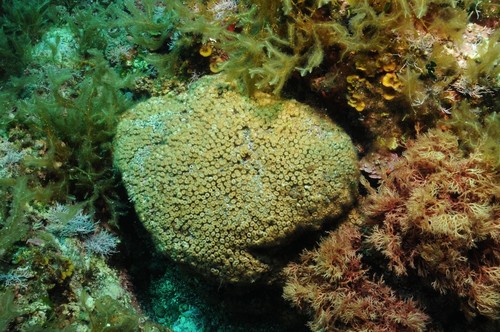La alta productividad de las plantas cultivadas se explica por los rasgos fisiológicos de sus progenitores silvestres
|
Un estudio de la Universidad Rey Juan Carlos liderado por el profesor Ruben Milla, y en el que participa personal investigador del Consejo Superior de Investigaciones Científicas (CSIC), ha analizado por qué las plantas cultivadas son especies acaparadoras de recursos y de crecimiento rápido. El estudio, que ha sido recientemente publicado en la revista Nature Plants, analiza el origen y la evolución de diferentes rasgos ecofisiológicos de las hojas relacionados con la gestión del agua y la capacidad de fijación de carbono. Los rasgos ecofisiológicos (como la tasa fotosintética) son determinantes en el crecimiento y el rendimiento de las plantas, e influyen en el uso de los recursos. |






